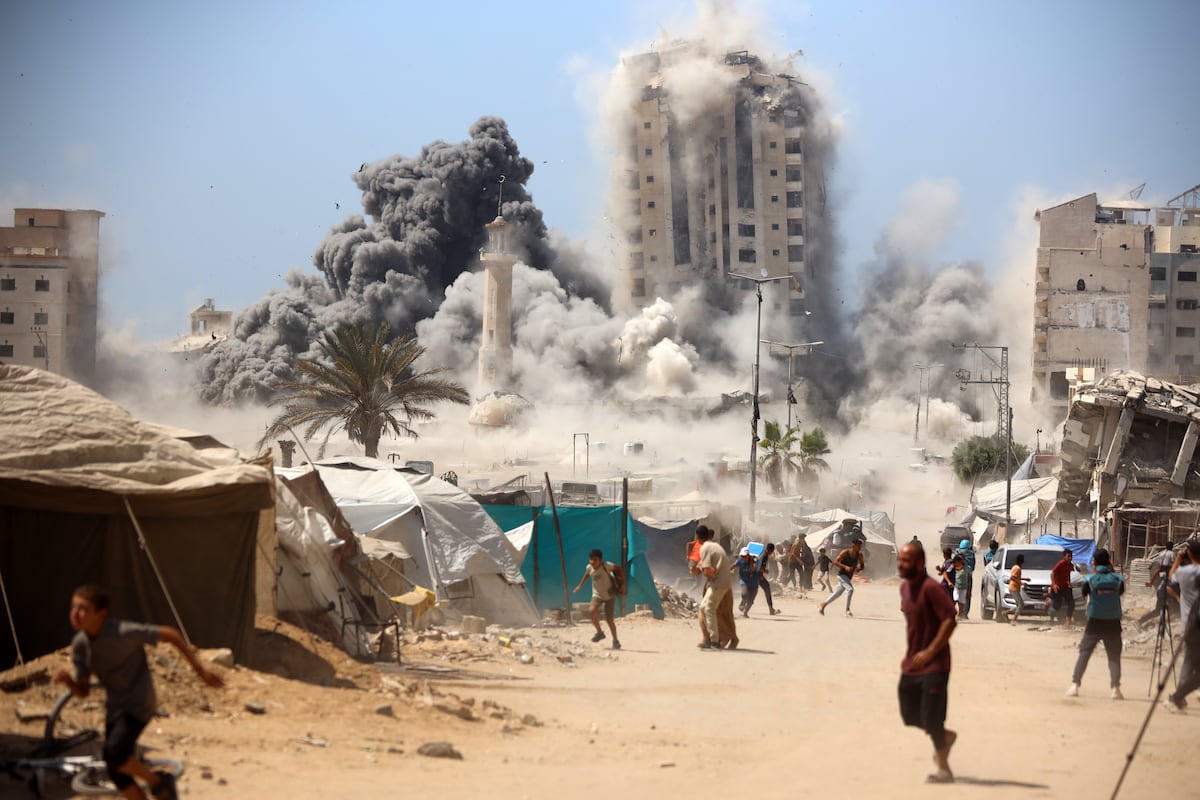
"The rubble of Gaza City is not only comprised of stones and walls. These ruins are now the witnesses to our pain, says 38-year-old Doaa Ulyan, in a hoarse audio message sent from the Palestinian lands where she spent her childhood and youth. Despite all the difficulties brought by the Israeli occupation, and the blockade that has been in place since 2007, Ulyan had built a happy life. She loved her work at a development program funded by the World Bank."
"If you destroy the city, you destroy the living conditions of its inhabitants. Not just in the biological sense, but also the cultural one. It's an indirect way to kill, the architect Eyal Weizman says via telephone from London. He is the founder and director of Forensic Architecture, and describes a slow death caused by these other less spectacular methods, as compared to the shooting, the bombing and the hunger. It is also possible to kill by destroying that which allows a population to survive."
The rubble of Gaza City now embodies collective pain, with destroyed homes, neighborhoods and landmarks displacing normal life. Doaa Ulyan lost her light-filled house near the Mediterranean and now only ashes remain of the life she built with her two children. Al Rimal neighborhood, once culturally vibrant with schools and skyscrapers, lies in ruins after attacks including the dynamiting of Mushtaha Tower. Over 53 million tons of rubble cover the area. Destruction of urban infrastructure degrades living conditions not only biologically but culturally, producing a slow death by removing houses, hospitals, institutions and services needed for survival.
Read at english.elpais.com
Unable to calculate read time
Collection
[
|
...
]